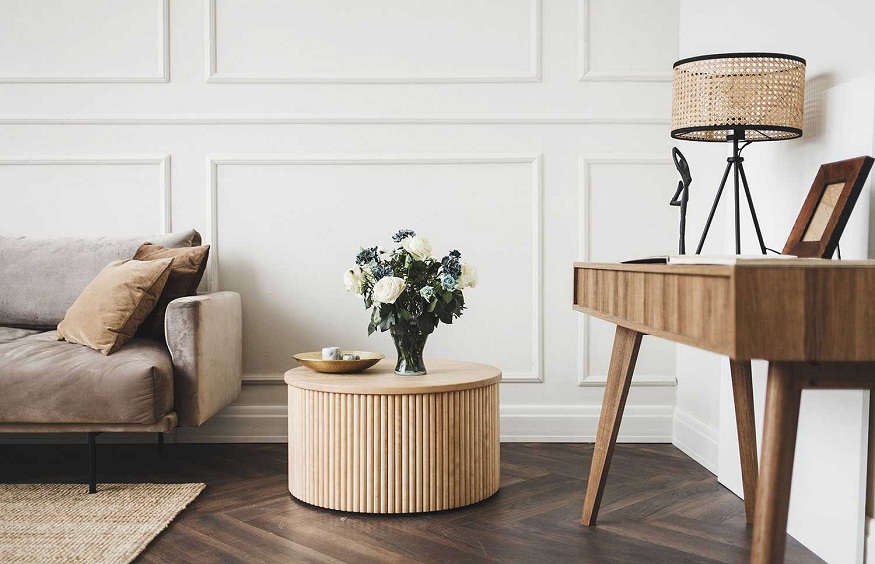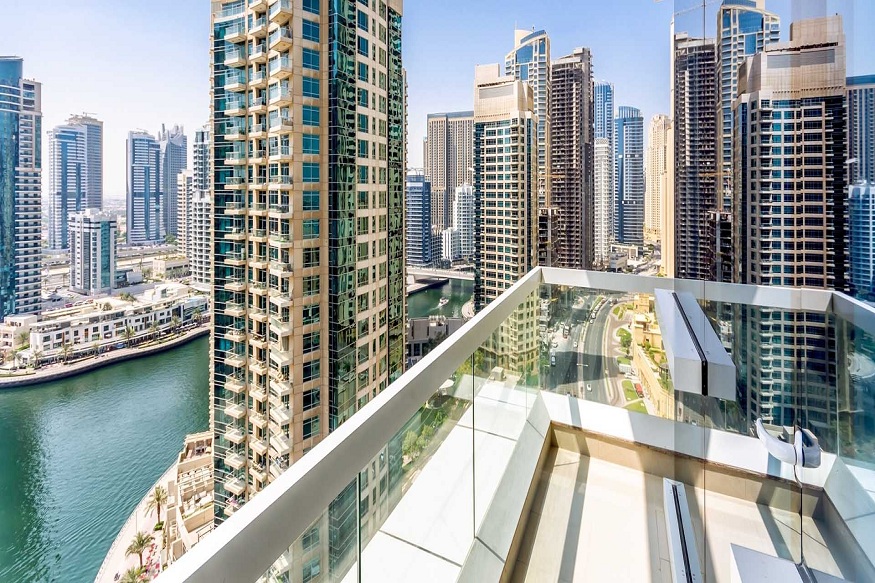
Interior designers have a keen eye for blending form and function to craft spaces that are both practical and beautiful. Their work straddles art and science – understanding how people interact within a space while elevating it visually. It takes specialized knowledge, creativity, and problem-solving skills.
The starting point is always the intended lifestyle and needs of the client. Interior designers conduct detailed consultations, asking questions to understand day-to-day routines, functional requirements, aesthetic preferences, and envisioned ambiance of the space. Getting clarity on these elements allows designers to shape plans tailored to enhancing clients’ experiences within the space. A family room for homeowners with young kids will have very different needs from a lounge in a technology office. Design choices stem from this foundational understanding.
Thoughtful space planning
With a clear client brief in hand, interior designers carefully think through how to best apportion the layout and flow of spaces. The goal is to facilitate intended activities as smoothly and conveniently as possible while avoiding a visually cluttered feel. For example, work triangles are optimized in kitchens so key appliances are readily accessible. Lighting is appropriately zoned in living spaces to support relaxation versus tasks. Ergonomics guide furniture selection and placement for comfort. Thoughtful space planning creates the underlying framework for functionality.
Strategic color schemes and materials
A space’s color palette and material finishes have a powerful impact, both visually and psychologically. Interior designers strategically select colors that align with the desired ambiance – warm, soothing hues for bedrooms versus vibrant, saturated accent colors in recreation rooms. Materials are chosen to withstand functional wear and tear and enliven the design aesthetic through varied textures and patinas. For example, easily cleanable performance fabrics on furnishings in family spaces versus richly grained woods that add heirloom-quality finish in formal dining rooms. These choices elevate aesthetics amidst practical considerations.
Skillful lighting enhancements
Lighting makes or breaks the experience of a thoughtfully conceived space. interior designer Westlake Village leverages varied lighting sources and controls to highlight design features and establish the right ambiance. For example, accent lighting showcases art while adjustable overhead lighting sets the scene for different occasions. The use of natural light is also skillfully balanced with privacy considerations through window treatments. These lighting enhancements transform spaces from mundane to magical.
The designer’s creativity comes to the fore in smoothly blending furnishings, accents, and decorative details into a cohesive stylistic narrative. Whether the envisioned style is mid-century modern, industrial chic, or retro eclectic, the room details harmoniously communicate this in a fresh, interesting manner. Unexpected vintage pieces combine seamlessly with modern forms, showcasing the designer’s knack for re-imagining and reinvention within a style framework. These curated layers and youthful juxtapositions breathe life into interior spaces.
Interior designers fluidly interweave the practical and beautiful into spaces that uplift clients’ lifestyles. Their specialized toolkit encompassing technical skills, spatial cognition, styling sensibilities, and custom problem-solving allows them to craft environments that artfully serve functional needs. This equilibrium between form and function achieved through balanced design choices is what makes spaces “pop” as aesthetically elevated yet utterly livable. It takes both left and right brain strengths. Interior designers deftly combine these, translating clients’ lifestyles into spaces that nurture well-being through their harmonized beauty and utility.




